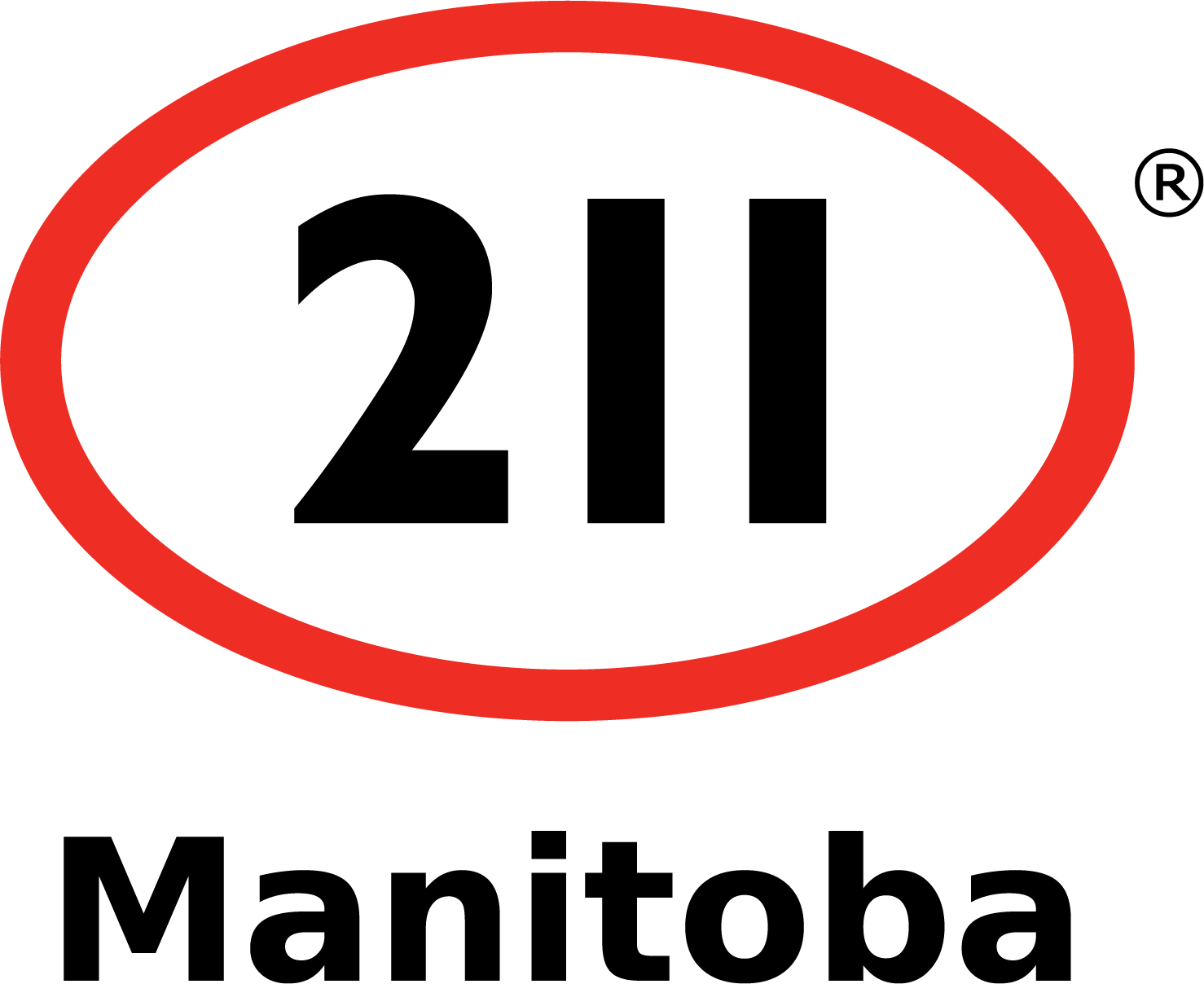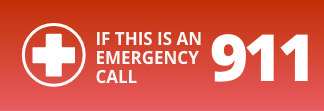Crisis Lines
9-8-8 Suicide
Crisis Helpline
Call: 9-8-8
(toll-free, 24/7)
Klinic Crisis Line
204-786-8686
or 1-888-322-3019
TTY 204-784-4097
Kids Help Phone
1-800-668-6868
Text CONNECT to 686868
Supports Available to All Manitobans

Cognitive Behaviour Therapy with Mindfulness (CBTm)
CBTm is an evidence-based five-class program designed to help build resilience and improve mental wellness. The CBTm program incorporates principles of mindfulness to help participants reduce stress, anger, fatigue, sleep problems and negative health outcomes, while increasing resiliency and improving emotional regulation. This program is free of charge and Manitobans can self-refer.


Strongest Families Institute
Strongest Families Institute provides free e-mental health services to children, youth, and adults with mild to moderate mental health concerns. Their services include cognitive behaviour therapy (CBT) skills and strategies for children and their caregivers who are dealing with disruptive behaviours, anxiety, or bedwetting. Services for youth and adults are focused on providing CBT skills and strategies to help individuals overcome anxiety and depression.

Mental Health and Wellness of Manitobans
Latest News
Manitoba Government Adding 17 Additional Clinical Psychologist Positions To Further Reduce Wait Times
July 21, 2023
Manitoba Government Investment Supports 1,648 Addictions Treatment Spaces Throughout Province
June 22, 2023






